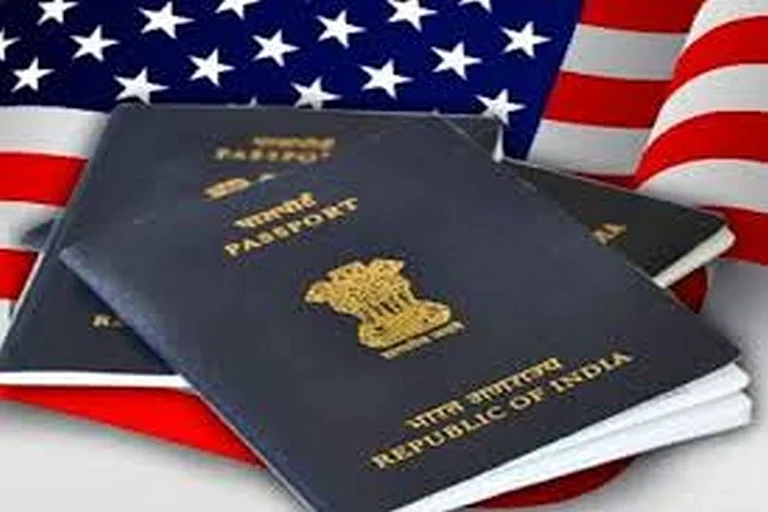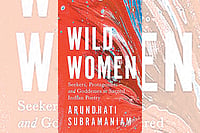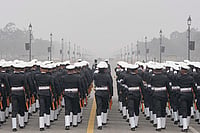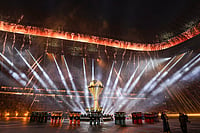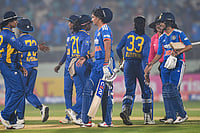The best thing about Kolkata is its adaptability. From the Sahibs of the East India Company to the squatters outside Howrahstation, the city has played host to a startling range of dramatis personae. Among those who, in turn, changed the face ofKolkata were the Marwaris from Rajasthan -- astute businessmen, traders, bankers, but culturally insular.
Alka Saraogi's captivating novel about a community of settlers not only records the transformations but also teases the reader about the very process by whichancestral legends are concocted. And Kishore Babu's story is remarkably told in the honour code of Bengal's famous goldsmiths, "not 22 by 22 caratpurity", but by blending "two carats of other elements in a sterling pure story of 24 carats".
Kishore Babu, born in 1925, subjected to bypass surgery in 1997, suddenly develops a penchant for wandering the streets ofthe old city and rummaging through the compartments of history. Behind the present day affluence of his family lies thesuppressed tale of cramped quarters in North Kolkata, devious trade practices in Bhiwani, seldom mentioned scenes ofhumiliation at the hands of the angrez.
There are also the more pleasant aspects. The desert folks and their thousand-year-old austere traditions met up with the language and culture of Bengal. If not the macher jhol fish curry, at least the vegetarian delicacies of chadchari and mochaganta found a place on the marwari table.
Memories come surging. The surgery has given Kishore Babu a liberated imagination and opened a passage to truth telling.Such truth can, however, come only from indirect pathways, "bypass" in a multitude of meanings. Surely the term is apt in acity which sports a spanking clean Metro underground as a contrast to its messy and chaotic streets.
Alka Saraogi's versatile pen surges past many episodes of intricate history, stopping only to pick up images in the foregroundof Kishore's fevered mind. By recalling dialogues with his two friends, Satanu and Amalok, the heady years of the nationalistpolitics and the old debate about Subhash Bose vs. Mahatma Gandhi is revived. The Bengal famine and the Partition in theeastern region are equally painful reminders.
To note further that violence and communal hostility is a part of the country's unfortuate legacy, there are vivid accounts of Ayodhya. As India celebrates50 years of Independence, the sweet-sad lyric of a patriotic song -- ham laye hain toofan se kishti nikal ke-- makes Kishore wonder about the meaning of that elusive word, "freedom."
But this is not a sombre book. As the helpless narrator jots down instructions at the Babu's bidding, one chuckles about theinconsistencies of biography and the puzzles of history. the old query about the method of madness is once more ours toconsider. The novel breaks through the boundaries of reason and unreason to glance at the macabre demonstrationsof "modernity" whether these are of ridiculous material display or of political rhetoric.
Saraogi's fantastical reconstructions fill in a major silence in the evolution of Bengal's history -- with a partial voice nodoubt. "We Marwaris are a strange lot...we live in perpetual apprehension of impending doom" (134). There could be alternate talesno doubt -- of the successful Birlas and Poddars -- through hagiography if not fiction. Here one has the indulgence of anhonest tale of confusions about wealth and indigence, justice and law breaking. Saraogi always leaves room for theescape from a final statement -- via Bypass.
(A shorter version of this review appears in the print magazine)










